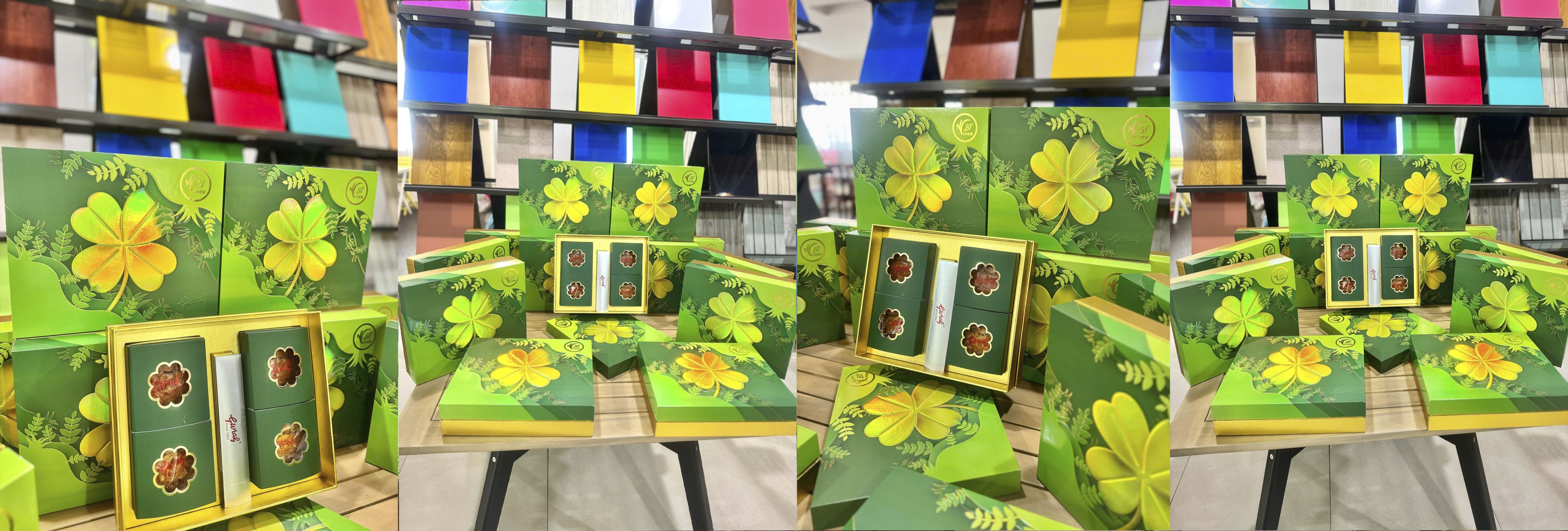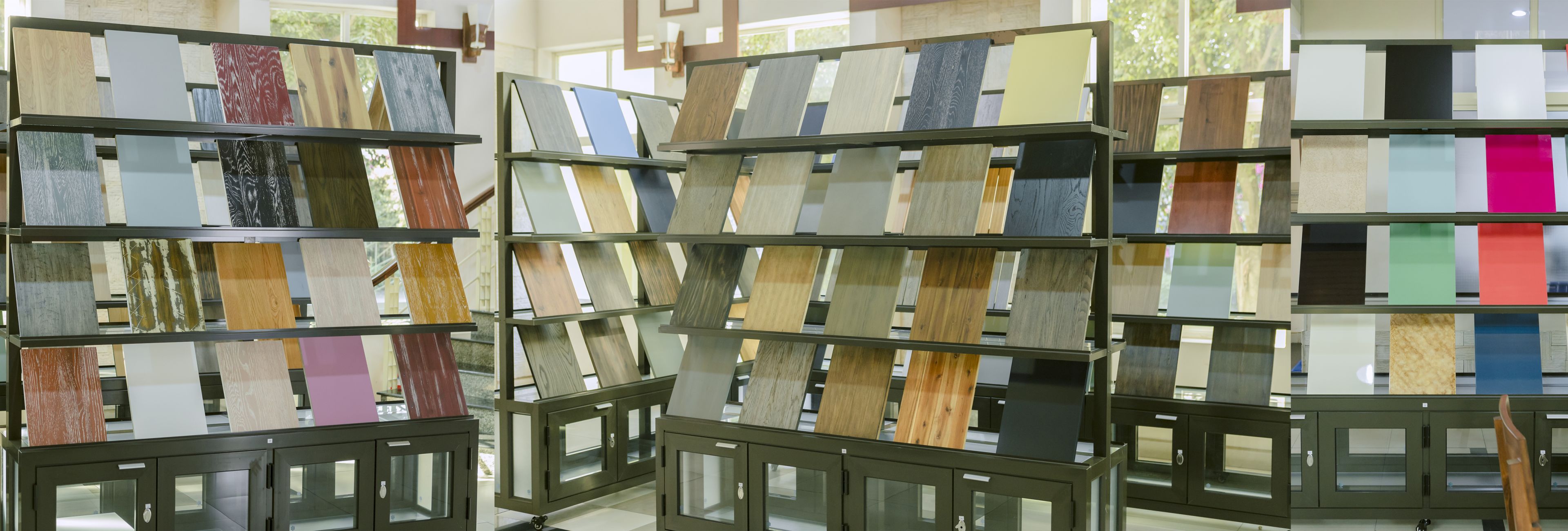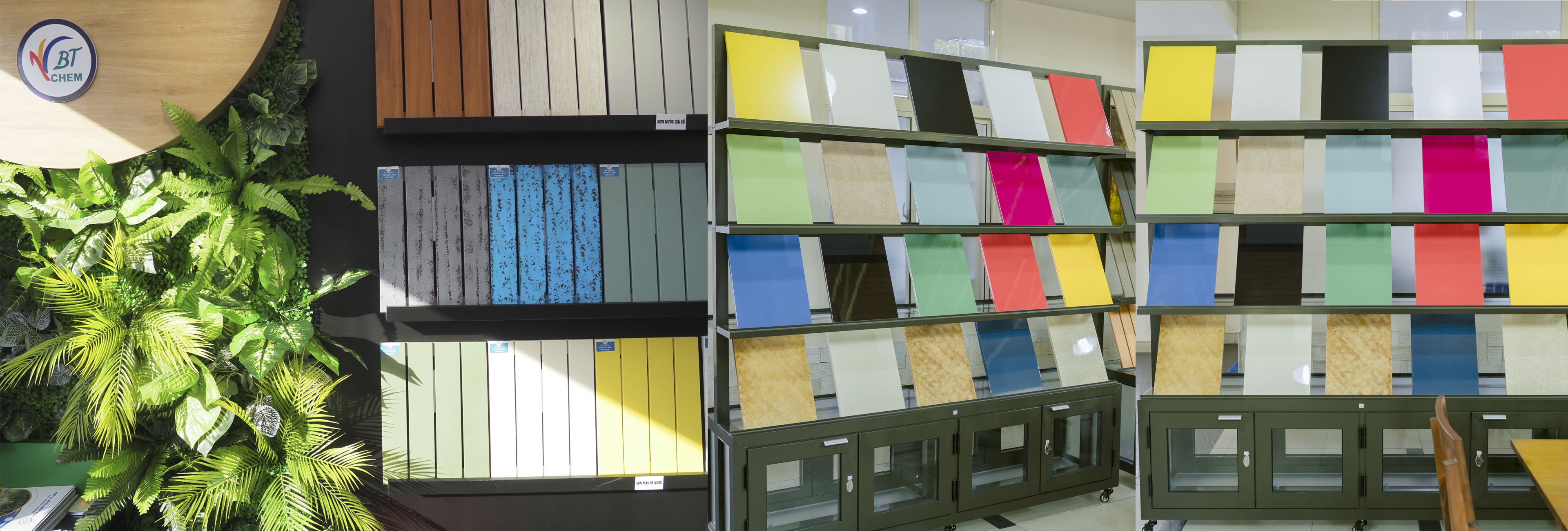.jpg)
Painting wood will be very simple if you just stand with your arms crossed and watch the painter work, but if you start working, it will not be easy. To be able to help wooden products color beautifully and evenly, it is necessary to have proper painting techniques and to avoid many important errors during the painting process.
.jpg)
There are many factors that affect the quality of wood paint
Properly preserving wood paint is also a way to ensure effective use of wood paint
Wood paint is a paint line that needs to be properly preserved to help limit the evaporation of solvents in each different paint line. Most types of wood paint need to be stored as follows:
- Avoid direct sunlight, avoid power sources and store in well-ventilated conditions.
- Close the lid tightly after removing the paint to prevent air from getting inside the paint box, causing oxidation reactions that cause the paint to harden.
- Carefully read the regulations on goods preservation and usage time to ensure the safety and effectiveness of wood paint.
What factors affect the quality of wood paint?
Environmental factors are the factors that greatly affect the quality of wood paint or specifically the paint film. Sunny, hot, windy, dusty weather, high environmental humidity, and cold rain have important decisions on construction efficiency and surface aesthetics. In very hot weather conditions, paint solvents evaporate faster than normal, making sure the paint film is not shiny, ensures smoothness, and may even have unsightly cracks.
.jpg)
Painting wood requires choosing the right time
Cold, rainy weather conditions with high humidity cause high levels of water vapor in the air, exceeding the working limit of the paint, causing the paint film to form white patches, causing complete failure of the paint application. lose. Wind and dust in the environment are the cause of the paint film not ensuring the desired smoothness and gloss. Therefore, when processing paint, you need to carefully observe weather conditions and choose a suitable processing location.
Many people make the mistake of painting wood without knowing it
Whether painting wood is good or bad depends not only on weather factors but also on surface treatment and a number of related operations. Some common mistakes when painting wood are:
Rough sanding
Wood paint has very high requirements for surface treatment, but many people ignore this. They do not pay attention to sanding the surface, accidentally making the surface of the wood product not shiny, smooth, and has many wood hairs. . The paint layer after being sprayed is completely uneven in color, has no gloss and affects the adhesion of the paint.
Do not clean the surface of wooden products?
Painters sometimes do not pay too much attention to cleaning the surface of wooden products and this unintentionally causes the adhesion of the paint to be greatly affected. Invisibly, it will cause the paint film to be rough and clumpy, which is extremely ugly in terms of surface aesthetics.
.jpg)
Painting wood requires new techniques to bring beauty to the product
Do not pay attention to using primer
The primer layer is the paint layer that provides stability and durability to the wood paint layer while also helping to prolong the product's lifespan. Many construction workers are subjective that because the wood material is so beautiful and the product surface is stable, they will spray paint directly. However, this is a wrong decision because the primer layer will help hide small defects on the product surface and help the paint look more beautiful.
Skip using gloss paint
Gloss paint is an outer layer of paint that brings a glossy effect to the surface and also protects the entire paint. Skipping the glossy paint layer means reducing the aesthetics of wood painting and can easily shorten the product's lifespan.
A professional wood painter is someone who knows how to choose the appropriate construction method as well as has expertise in choosing the type of paint. Binh Thanh glue will help you get a dream-like paint film, beautiful, durable, and high-quality with the leading wood paint lines in the market.




















































